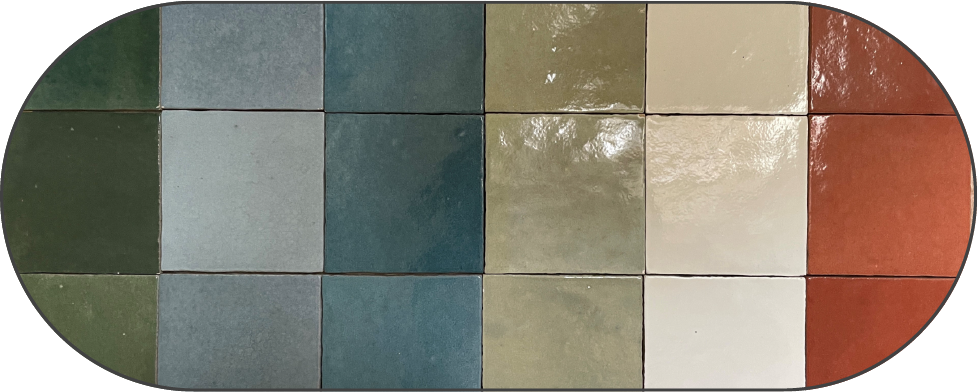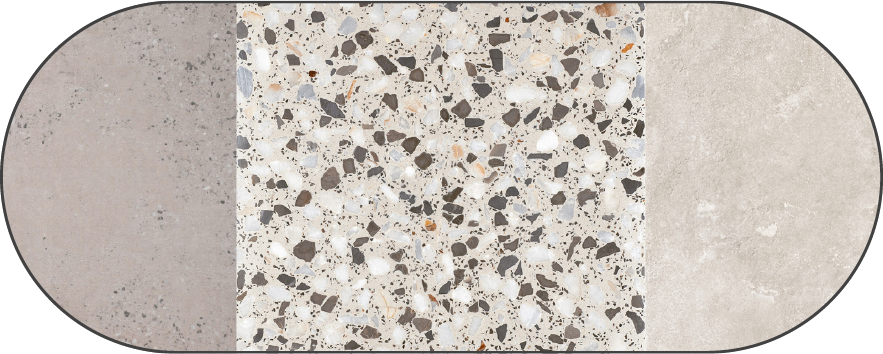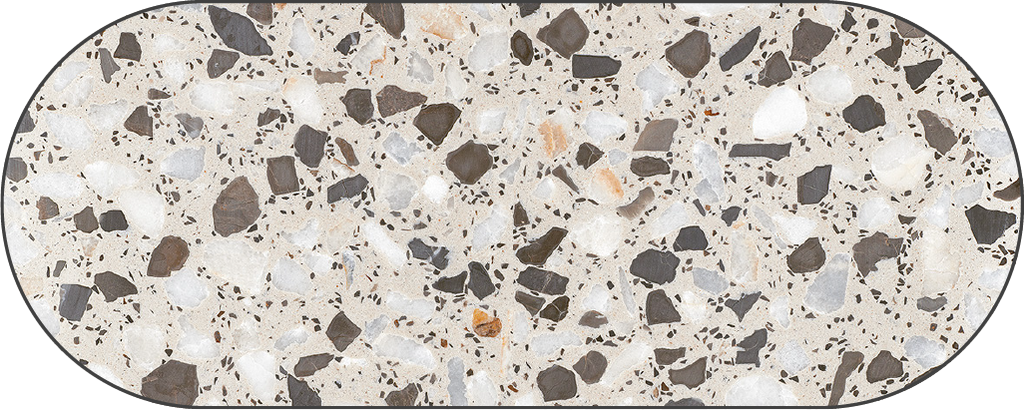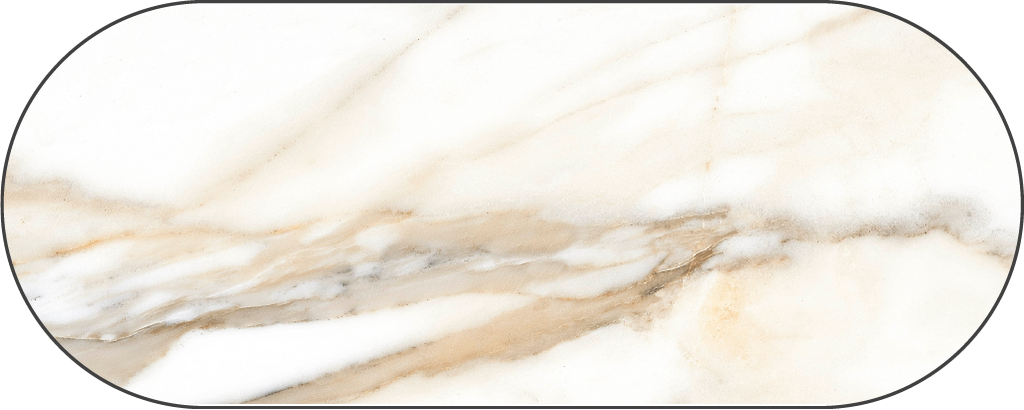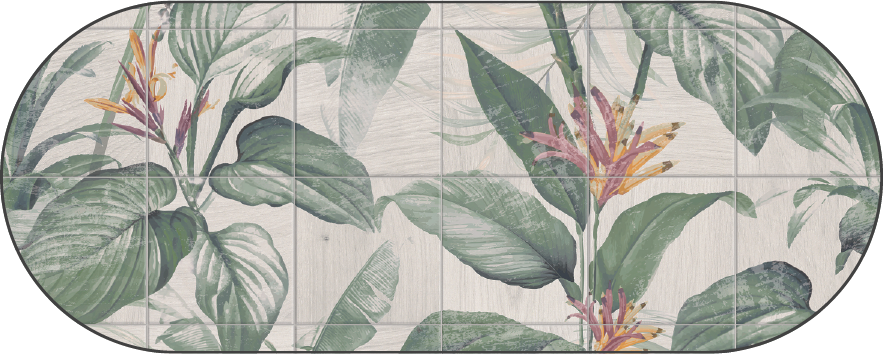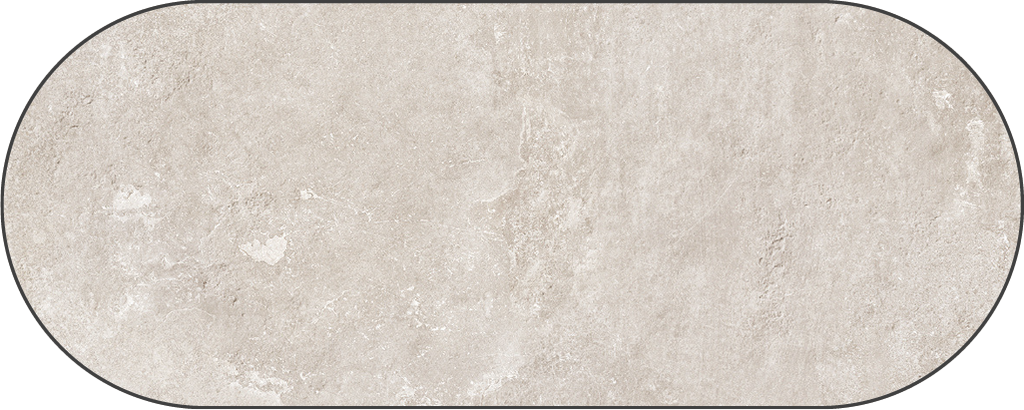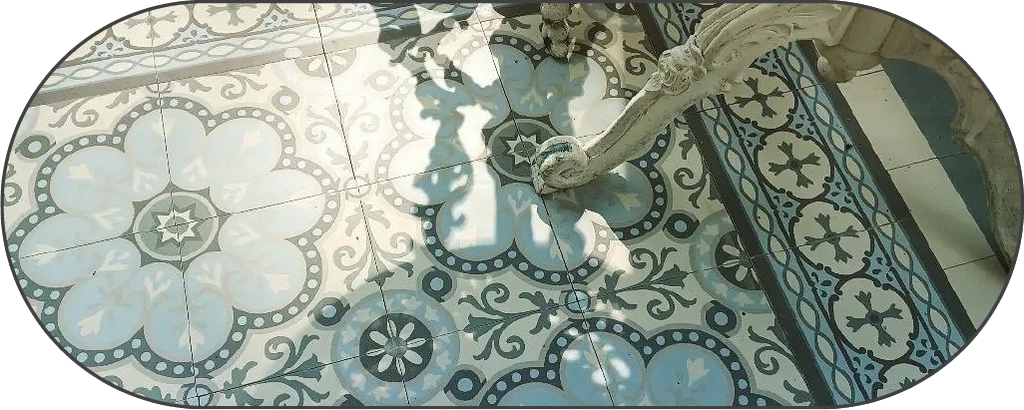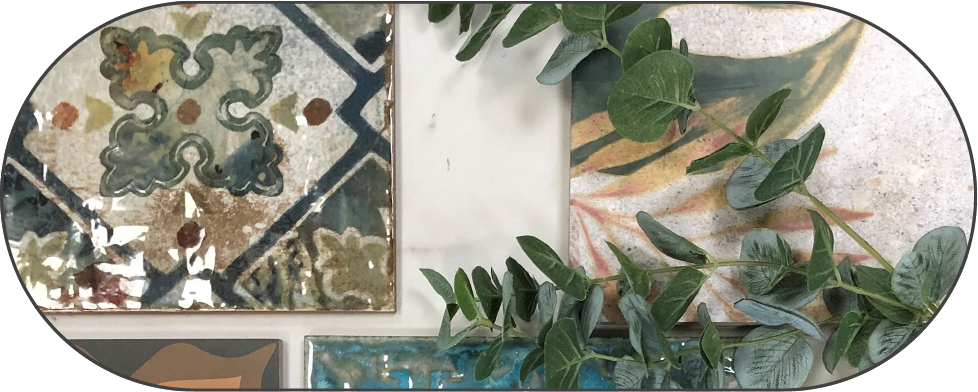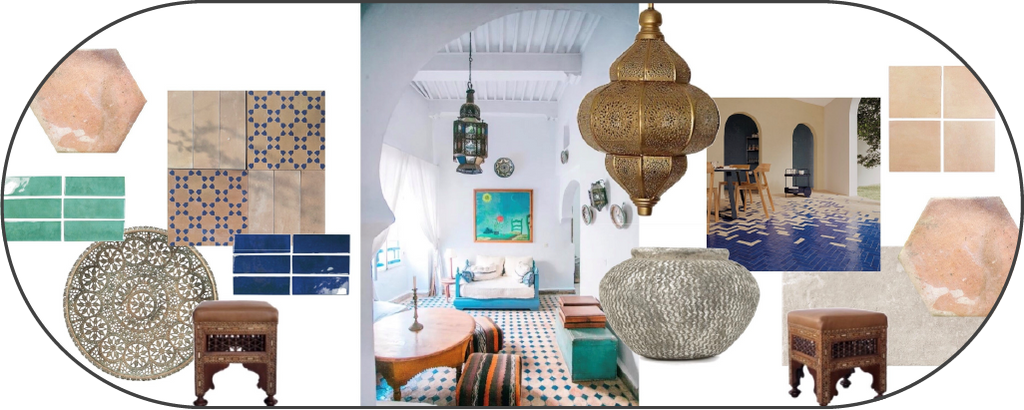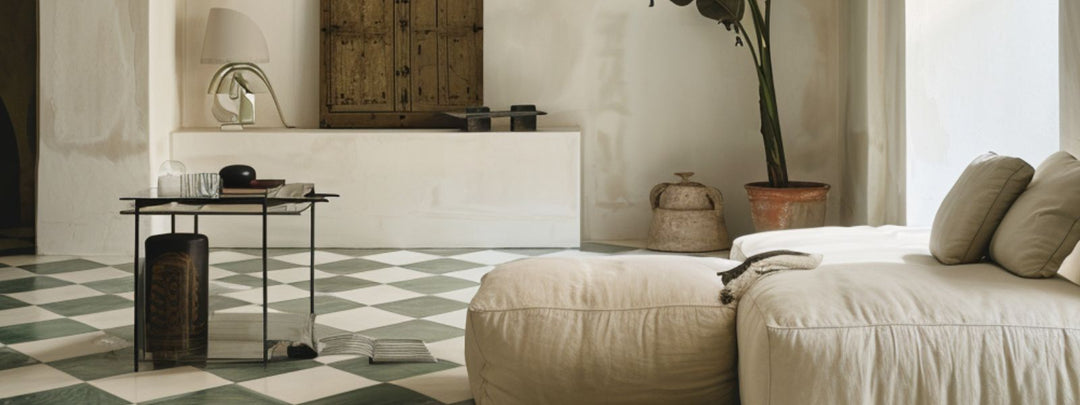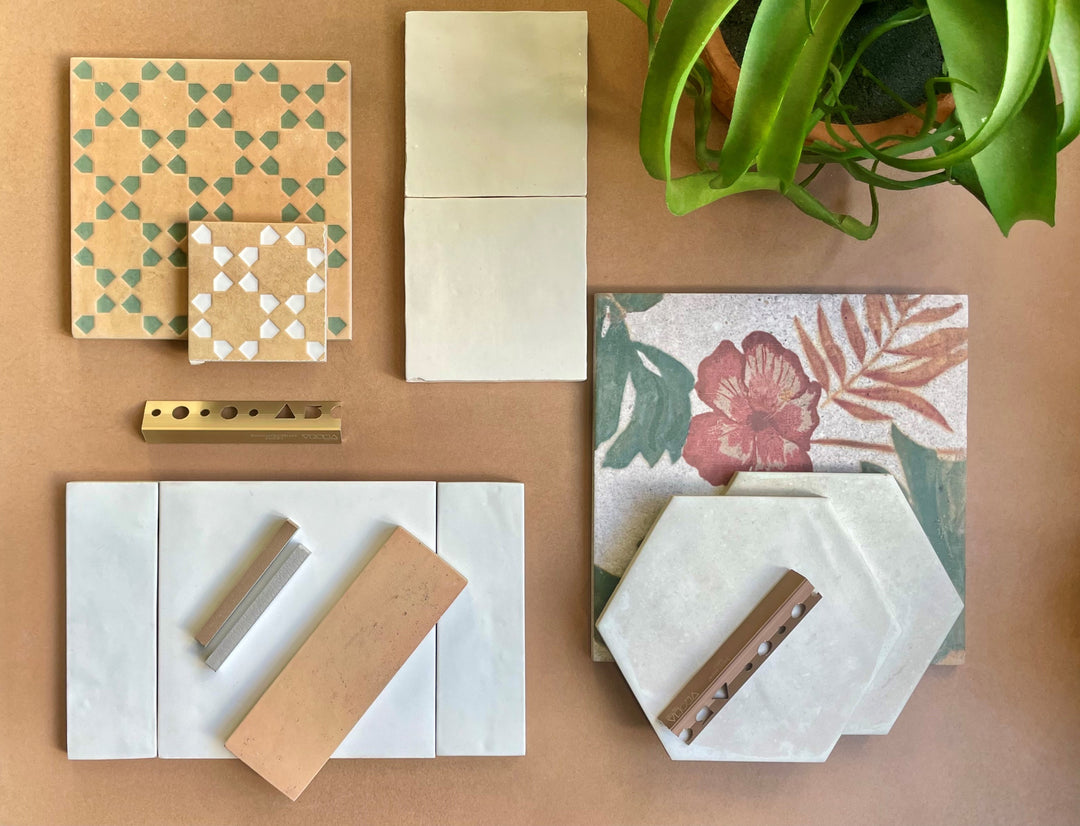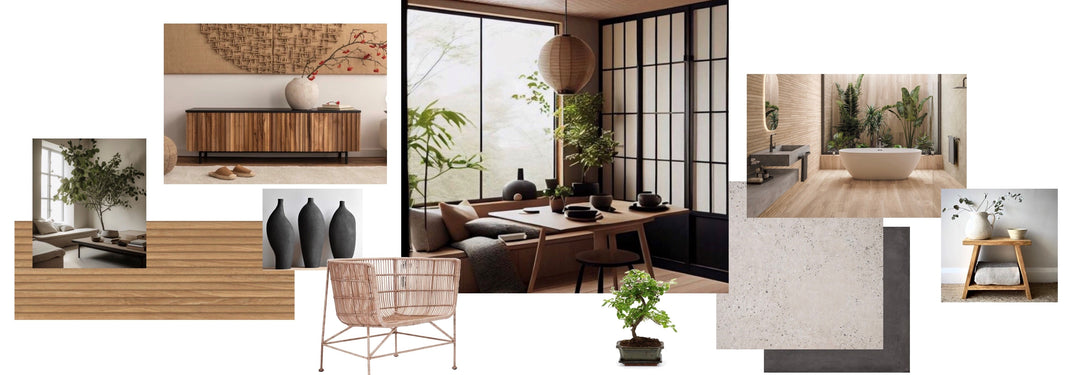Photo taken by Annie Golledge of Hygge & Cwtch Design
A fire place is a key element within a room and often a main focal point, around which the furniture is positioned. So choosing exactly the right tiles to dress that small are of a room is very important.
So where do you start? The first thing you need to be aware of, is that all tiles are not equal and some will cope with varying temperatures, naturally associated with a live fireplace more than others. Therefore the first question is will your fireplace be a working one?
If it is just for show then your options are limitless. All tiles can be used in a false scenario, but if you are putting them on a hearth be aware that if there is any likely hood of anything heavy falling onto the base, floor tiles will cope far better with impact (but no tiles are totally impact proof).
In the case you have a working fire what should you consider?
Being a team of interior designers we obviously think the style of the tile you choose is extremely important. To make sure you enhance a certain look and feel within a room, then the tiles in the fireplace really should underline your design choices, that said what is the point in it looking good if it isn’t practical?
All tiles are fired at a very high temperature, but some glazes (the matt or shiny layer applied to the biscuit base to add colour and/or pattern) simply cannot cope with constant changes in temperature associated with a live fire. If you are using your tiles around a wood/coal burning fireplace , the best option would be to use a porcelain based tile. The technical characteristics associated with porcelain products mean they will naturally cope with the thermal shock that comes as a result of extreme temperature changes. Fortunately tiles of this type come in a wide range of colours and patterns, so there is plenty to choose from. You will see we clearly show what a tile is made from in our descriptions.
So here comes the curveball! If you are tiling the inset grate of an old Victorian fireplace, the chances are it was originally tiled with a very shiny wall tile, the type that was so very popular at the time. These were not made of porcelain and were quite delicate wall-tiles, but the only impact the heat had on the tiles, was over time the glaze would craze, leaving a cobweb of tiny cracks over the surface of the tile. These original fireplaces can still be found today and have more than passed the test of time, so replacing these with a similar highly glazed wall tile should be equally successful. When you think about it however, these tiles didn’t actually face the heat of the fire, but were room facing. We certainly wouldn’t recommend the use of a wall tile on the back of an open fire for example, by some fluke it might be fine, but that cannot be guaranteed.

Image obtained from Pinterest
I guess what we are saying is that if you want to be sure your fireplace tiles will last a very long time, go for porcelain and use an adhesive and grout that is flexible and can cope with the expansion and contraction that naturally happens when tiles heat up and cool down. If however you rarely use the fire place, or its not subjected to heat, then you can use more or less use any tile you like. But be aware that floor tiles will cope with heavy things like logs, coal buckets banging down on them much better than wall tiles will.
Here are some images of some inspiring fireplaces we love to get your creative juices flowing and we also include some wonderful examples of how other customers have been using our ranges in their own fireplaces.

 We have also made the following selection of images from Pinterest:
We have also made the following selection of images from Pinterest:





